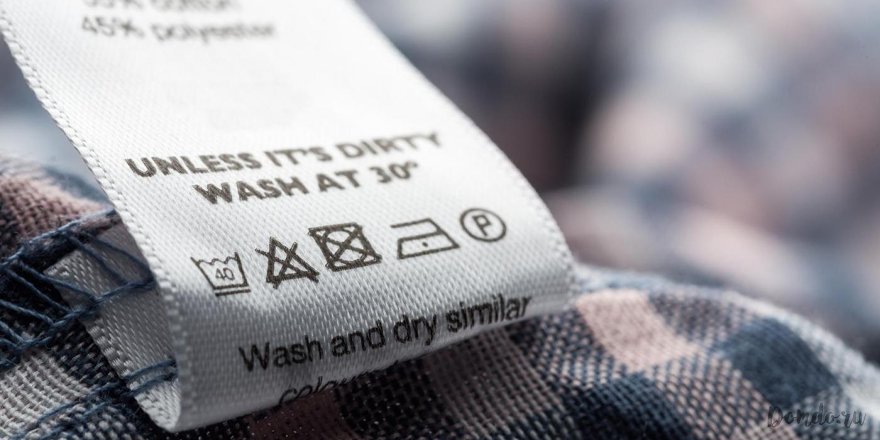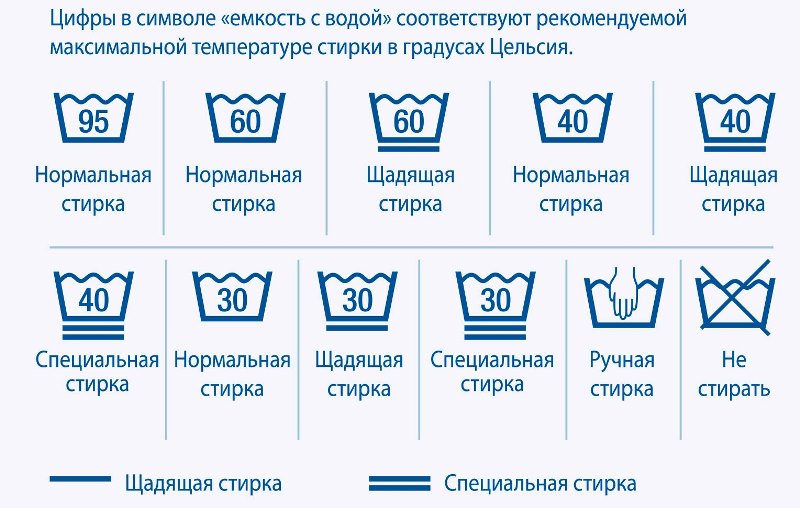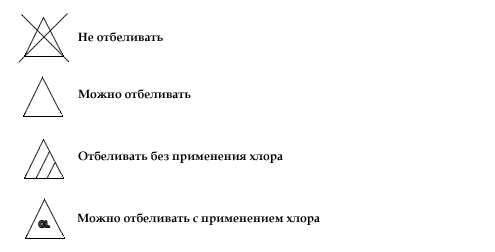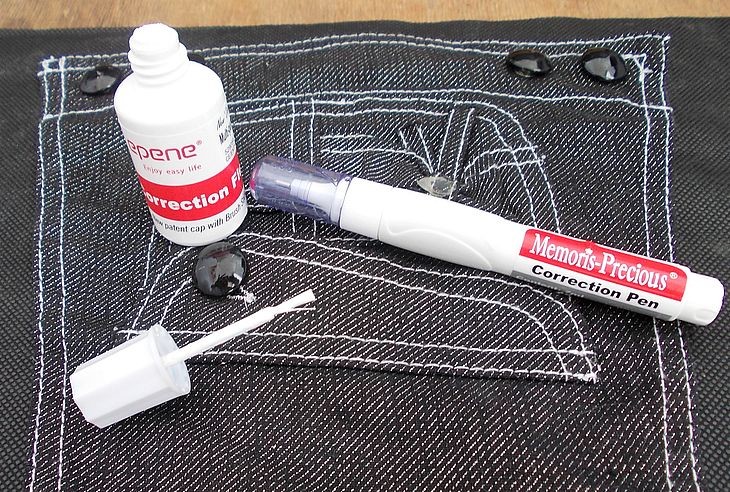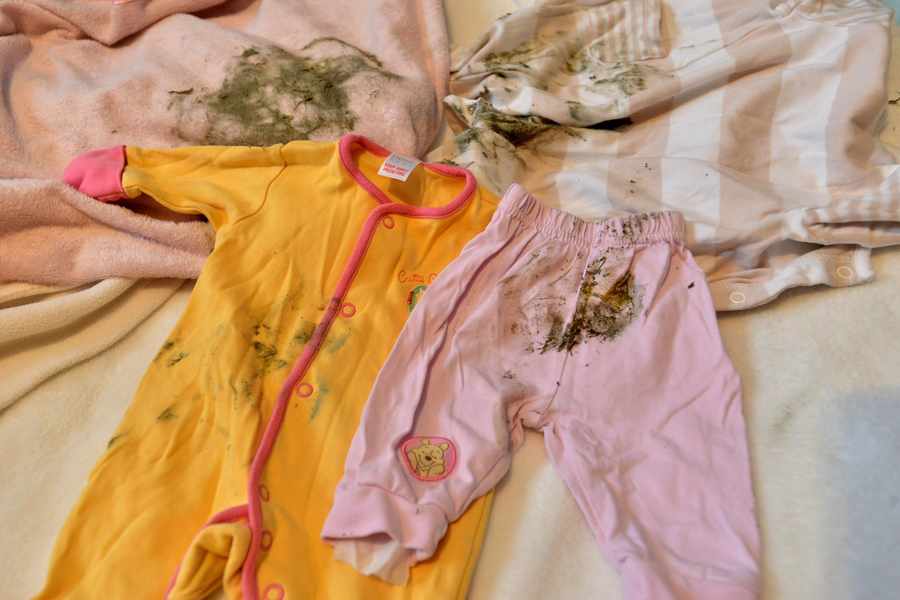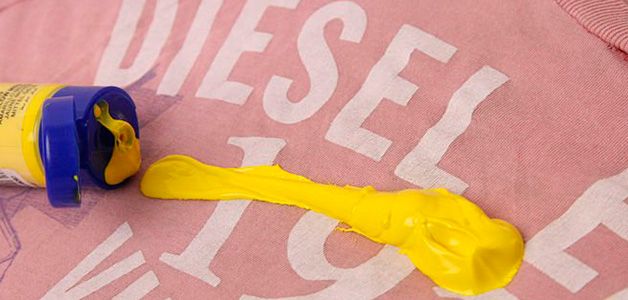The variety of materials requires different care. So that the maintenance requirements for things do not come as a surprise, it is better to know in advance what the clothing manufacturers mean. It is the symbols on clothes for washing with decoding that will introduce the rules for caring for things. If you provide proper care for clothes, you can preserve their original appearance for a long time.
Decoding the icons
The symbols on the labels explain the requirements for all stages of product maintenance. After all, washing is not the only process. In order for things to retain a well-groomed appearance longer, you need to follow the recommendations of the icons on the clothing labels for drying, wringing and ironing.
Designation of modes
Most often, large clothing manufacturers have their own system of symbols. The images are easy to decipher. Sometimes the washing temperature can be described with numbers or dots. Don't be upset by different markings. As a rule, the meaning of the signs on clothing labels is the same. If you understand the basic symbols, you will be able to navigate any system.
Washings
Stains from things in any type of washing are removed with solutions of detergents. When buying clothes, immediately look at the types of washing that are allowed:
- It is strictly forbidden to wash, only dry cleaning is allowed;
- Only hand washing is permitted. Water temperature is 30-40˚ C. It is usually not recommended to rub or wring out items;
- Machine wash - it is important to choose the mode depending on the type of clothing. Delicate option - lots of water, minimum mechanical processing, short rinsing time. Suitable for items made of thin materials (silk, cambric, crepe de chine), wool, knitted fabric. The mode at a temperature of 40-60˚ C is the most common. Suitable for bed linen, plain and colored clothing. At a high temperature of 95˚ C, cotton and linen bed linen are usually washed.
Of course, when using machine washing, manufacturers can describe in more detail how to wash this or that item. Colored items are allowed to be washed at temperatures of 40˚C, 50˚C, 60˚C. Or it is allowed in warm water 30˚ C.
Drying and pressing
Washing a thing well is half the battle. Spinning and drying are of great importance when caring for clothes. What nuances do the creators of fashionable clothes have in mind? Regular recommendations can have many subtleties. This is clearly demonstrated by the table.
| General regime | Detailed washing instructions on clothing labels |
| Spin |
|
| Drying |
|
A lot of clothes are made from thin knitted, crocheted, woolen fabric. If the rules are not followed, such things "live" until the first wash, and then they can only be thrown away.
Ironing
To bring clean things to a beautiful appearance, various equipment is used: steamers, irons. High temperatures, moistening the material can facilitate and speed up the process. But often there are unpleasant consequences (the fabric will burn, wrinkle, go through holes), if you do not pay attention to the decoding of the symbols on the clothes for washing. Common temperature modes:
- silk 115-140˚ C;
- wool 140-165˚ C;
- cotton fabric 165-190˚ C;
- linen material 190-230˚ C.
Usually the temperature settings corresponding to the dots on the irons and the symbols on the labels coincide. Symbols on clothing recommend that certain items be ironed, not ironed, or steamed. On the symbols, a dot indicates a low temperature of up to 110˚ C, two dots indicate a medium temperature of up to 150˚ C, and three dots indicate a high temperature of up to 200˚ C.
Cleanings
Some items are recommended to be taken to dry cleaning only. Special companies perform dry and wet cleaning using special substances and solvents:
- dry - the icons indicate the following procedures: dry cleaning is prohibited, normal cleaning with tetrachloroethylene and solvents, delicate, normal cleaning with the use of hydrocarbons;
- wet (aqua cleaning) professional cleaning. Labels on clothes indicate: no wet cleaning, regular wet cleaning, delicate, extra delicate.
Delicate procedures involve restrictions on humidity, temperature or mechanical impact.
Whitening
Many housewives prefer only snow-white bed linen and strive to keep it sparkling clean. The main helpers are various bleaches. In order not to spoil the textiles, manufacturers immediately indicate which products can be used. Three symbols describe all bleaching procedures:
- A crossed-out triangle means that bleaching is prohibited. This applies to items made of colored materials or white clothes with patterns;
- Bleaching with oxidizing bleaches is allowed;
- It is permitted to use oxygen-containing bleaches.
These special products have a negative effect on the fiber structures of materials, so it is not recommended to use bleach too often.
Nuances of care
The appearance of expensive and cheap clothes depends on how carefully they are worn, washed, and stored. There are subtleties in caring for different fabrics. To keep clothes clean and neat, you need to follow several general requirements:
- Before washing, the laundry must be sorted. It is advisable to select items not only by shade, but also by the quality of the material;
- It is essential to adhere to the detergent standards when loading the washing machine, otherwise the clothes will not be rinsed well or will be washed poorly;
- clothing care involves preliminary stain removal. For this purpose, items are first soaked in solutions of special stain removers (not containing chlorine). This is especially true for small children's clothing;
- Items that directly touch the skin should be washed after each wear. Even if there are no stains on the fabric, unnoticeable skin secretions or sweat will still get on the material. The fibers absorb everything, and bacteria quickly multiply on such clothes. This is why stale items smell bad;
- It is always necessary to take into account the increased water hardness, which has a negative effect on fabrics and requires increased consumption of detergents. Therefore, special softening agents are always added to the washing machine;
- when washing in cold water, it is recommended to use gels. But it is not recommended to do this often. Since liquid products are poorly washed out of the equipment. The remains become a favorable environment for the reproduction of mold, which is very harmful to the body. If it gets on things, it will be difficult to get rid of stains;
- When washing items with zippers (metal, plastic), they must be fastened. Otherwise, the fittings will quickly become unusable.
High-quality and careful treatment of clothes can prolong their service life for a long time. Careful study of the symbols on the labels will greatly simplify the care of things.
Video

